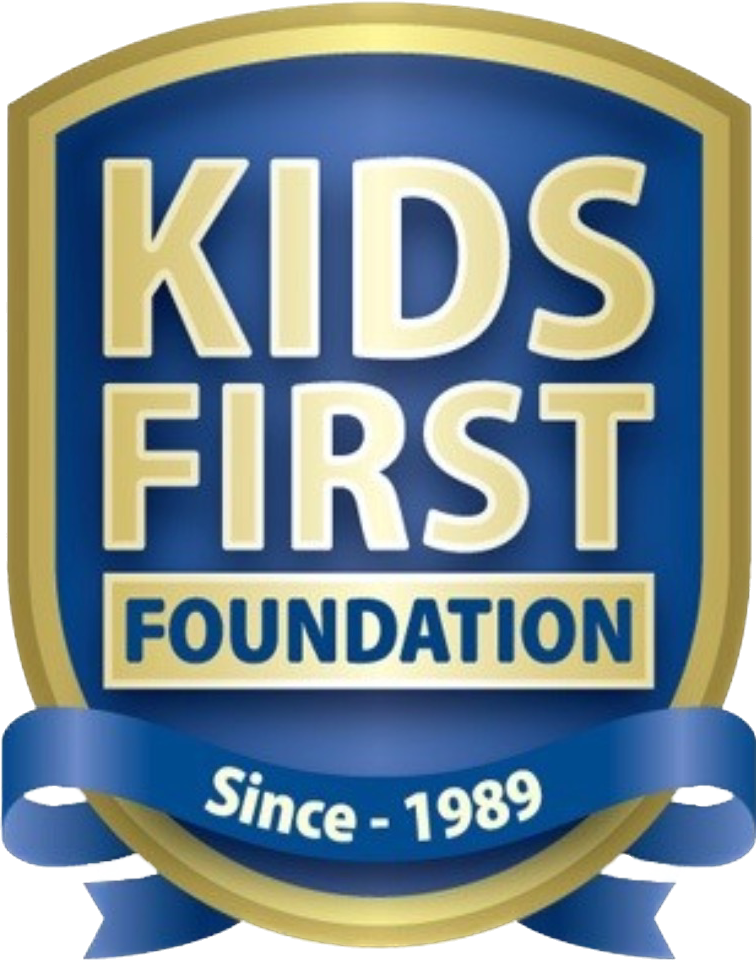What is Autism?
Autism spectrum disorders are a complex set of disorders brought on by a range of gene mutations. Each mutation or combination of mutations produce certain aspects or symptoms of the Autistic characteristics. The disorder is characterized by difficulties in social interaction, verbal and nonverbal communication, repetitive and obsessive behaviors and many others. It is a “spectrum disorder” and therefore it affects people differently and with varying degrees.
Autism appears to have roots to the early stages of brain development, but typically the obvious symptoms and signs are noticeable between 2 and 3 years of age. In the May 2013 DSM-5 diagnostic manual publication, all the autism disorders were merged into one umbrella, the Autism spectrum disorders (ASD).
The cause(s) or trigger(s) for the genetic mutations that cause the Autism Spectrum Disorders have not been identified. However, research over the past five years has been able to identify more than 65 such mutations associated with the disease. Most experts believe that autism appears to be a combination of negative environmental factors along with hereditary or genetic disposition which trigger the gene mutations.
Some of the symptoms/signs associated with Autism may include:
Difficulty making eye contact
Difficulty focusing on activities or conversations
Poor socialization and relationship building skills
Delays or difficulty with language acquisition
Lack of language
Intense/Narrow interests
Sensory sensitivity (light, sound, touch)
Poor motor skills
Repetitive behaviors
Lack of make-believe play
Seizures
Sleep disorder
PICA
A person with autism may show one or more of the signs with varying degrees of severity.

